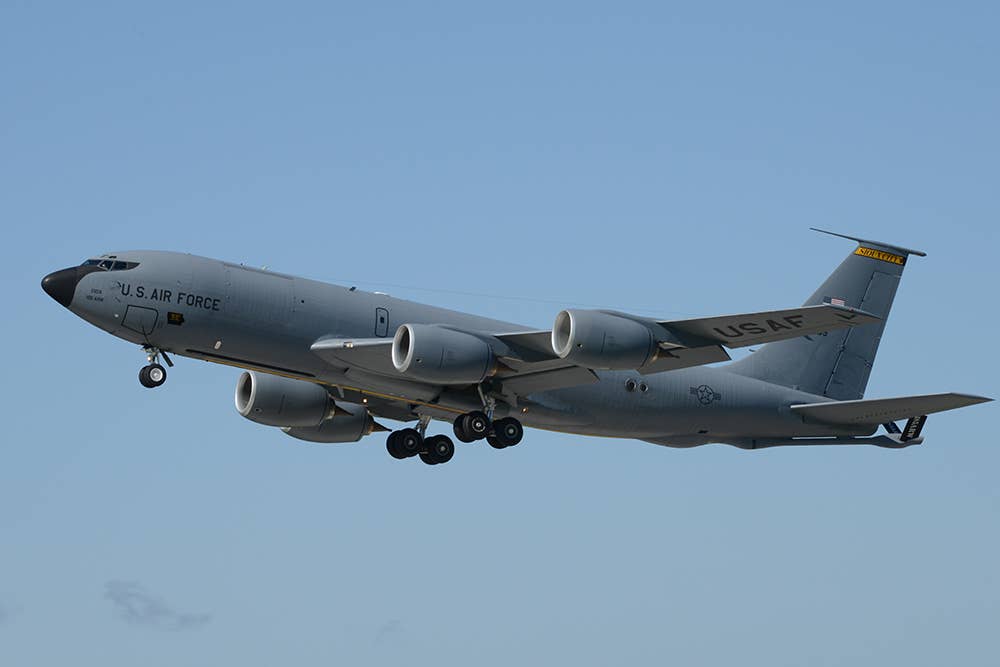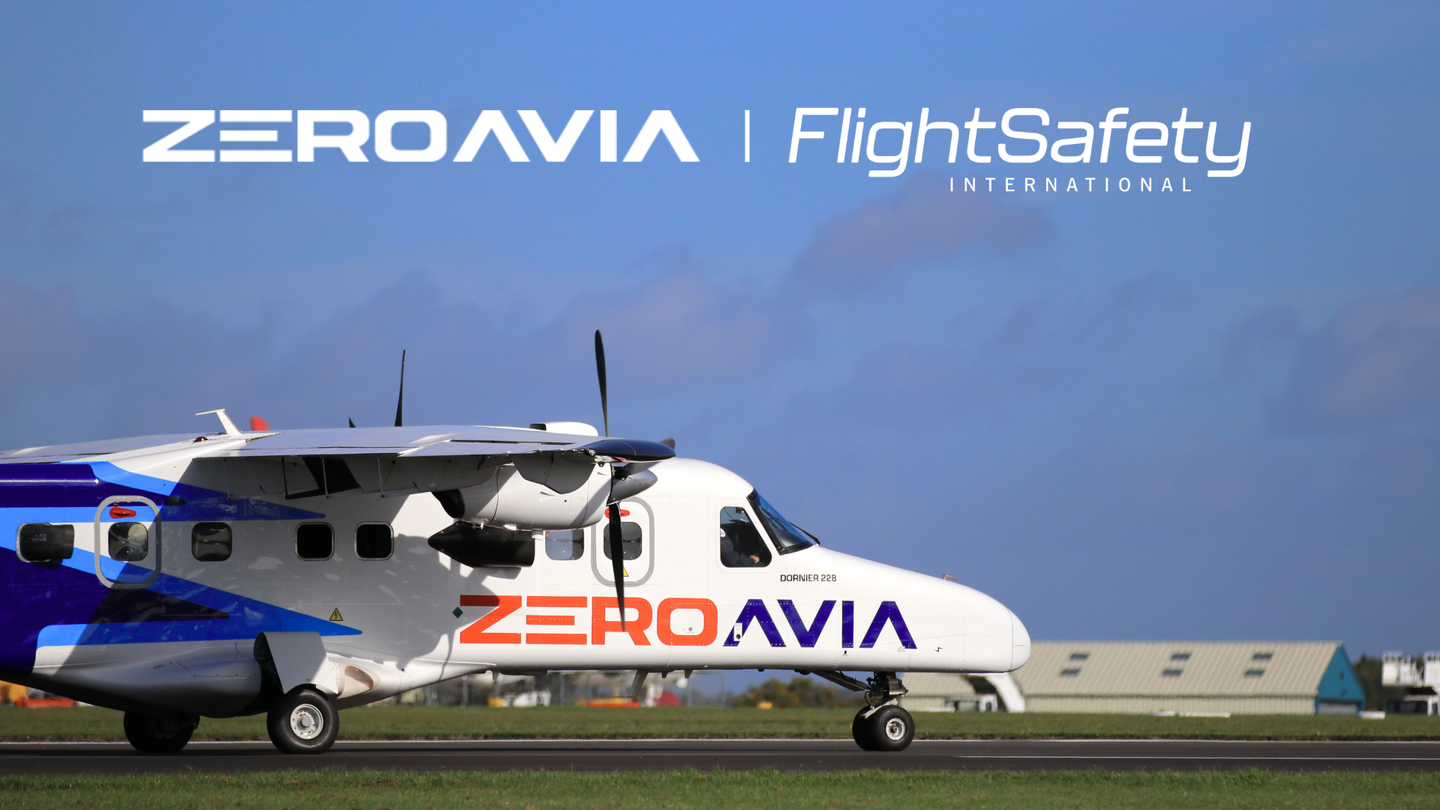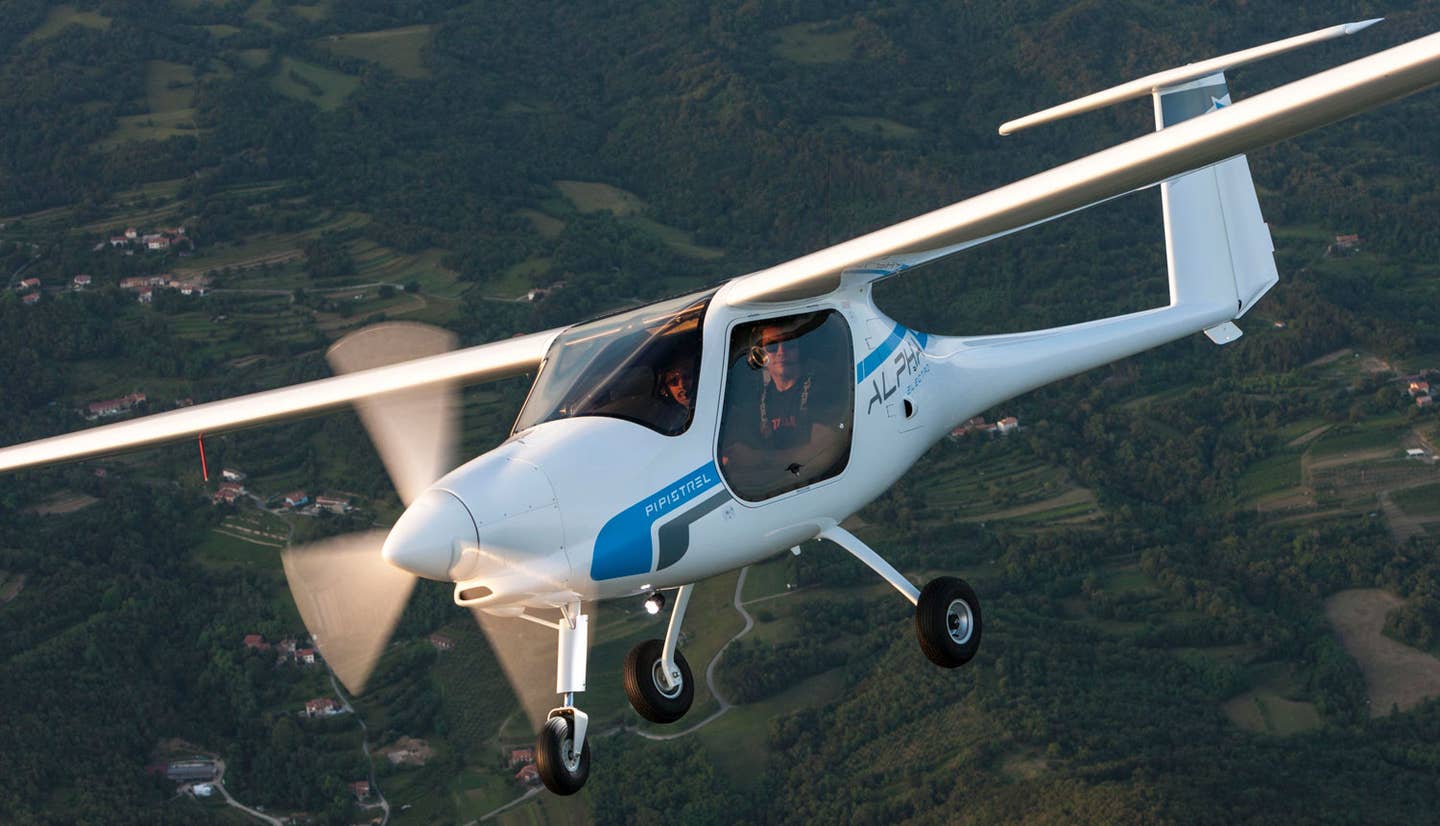Defense Spending Bill Could Pave Way for Air Force to Retire Legacy Aircraft
National Defense Authorization Act heading to Senate for vote. Under it, the Air Force would still be prohibited from retiring its A-10 ‘Warthogs.’

House lawmakers passed the National Defense Authorization Act (NDAA) for fiscal year 2022, paving the way for the U.S. Air Force to retire some of its legacy aircraft in order to focus its resources on modernization.
Lawmakers, however, drew the line at allowing the Air Force to retire the A-10 Thunderbolt II. The service—which has long attempted to retire the aircraft affectionately known as the Warthog—currently has a fleet of approximately 281 aircraft. The House defense spending package also requires the Air Force to report its timeline for re-winging the A-10.
Earlier this week, Air Force Secretary Frank Kendall called the A-10 “an anchor holding back the Air Force,” Defense News reported. The service is allowed, however, to retire 18 KC-135 Stratotankers; and 14 KC-10 Extenders in 2022, as well as another dozen in 2023.
The spending package that earmarks $768.2 billion in discretionary spending for national defense also includes authorization of a 2.7 percent pay raise for the military and an overhaul of the Uniform Code of Military Justice, aimed at combating sexual assault. It now heads to the Senate for vote.
“This bill represents compromise between both parties and chambers—as a result, every single member involved has something in it they like and something that didn’t get into the bill that they wish had,” said Rep. Adam Smith (D-Wash.), Chairman of the House Armed Services Committee.
“This year’s procedural realities made the entire process exponentially more difficult,” Smith said. “When we get to the end of this arduous process, we often forget the hundreds of provisions we came to agreement on and focus solely on where we could not come to agreement. Ultimately, our responsibility as a Congress to provide for the common defense supersedes these areas of disagreement, making the substance of this bill and its signature into law critical.”
Also included in the House bill are:
- Four additional CMV-22 Ospreys for the Navy
- Five additional MV-22 Ospreys for the Marine Corps
- Two P-8s for the Navy
- Two C-130Js for the Navy and two KC-130Js for the Marine Corps
- One E-2D Hawkeye for the Navy
- Two MQ-4 Tritons for the Navy
- 85 F-35s for the Air Force, Navy, and Marine Corps
- 5 Air Force F-15EX tactical fighters
- 12 F/A-18E/F Super Hornets in fiscal year 2022 to mitigate the Navy’s strike-fighter shortfall
- 5 CH-47F Block II Chinook helicopters
- 9 UH-60 Blackhawk helicopters for the National Guard
- 4 MQ-9 Reaper unmanned aircraft for the Air Force
The bill also authorized additional funding for U.S. Space Command to procure commercial space situational awareness data and services, and supports development and delivery of hypersonic missile capability by the mid-2020s.
A full summary of the NDAA for Fiscal Year 2022 may be found here.
One day before the House passed the NDAA, Defense Secretary Lloyd Austin said defense priorities would suffer should Congress not reach an agreement on DOD funding, and a continuing resolution (CR) carried over into the new year.
“It would misalign billions of dollars in resources in a manner inconsistent with evolving threats and the national security landscape, which would erode the U.S. military advantage relative to China, impede our ability to innovate and modernize, degrade readiness, and hurt our people and their families,” Austin said in a statement.
A CR would also slow DOD’s efforts with priorities, such as cyber, artificial intelligence, and hypersonics programs, he added.

Sign-up for newsletters & special offers!
Get the latest FLYING stories & special offers delivered directly to your inbox






